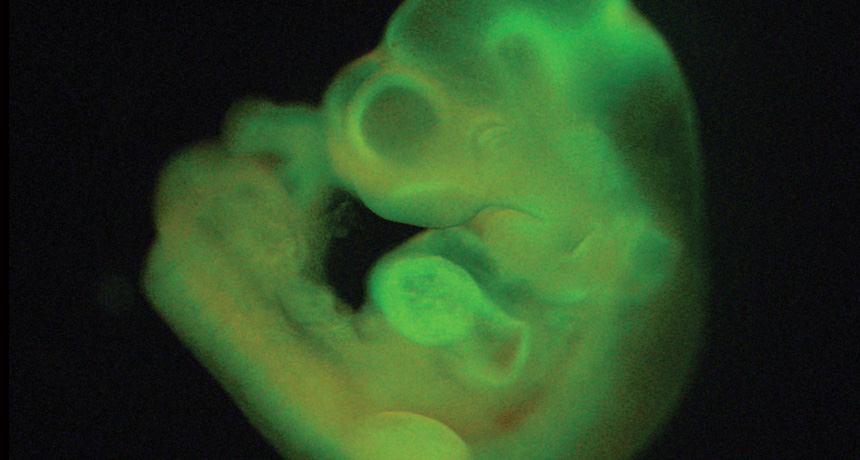
STEM CELL TAKE BACK A study claiming to have grown a mouse fetus with simple stem cells was retracted after scientists couldn’t replicate the work.
H. Obokata

STEM CELL TAKE BACK A study claiming to have grown a mouse fetus with simple stem cells was retracted after scientists couldn’t replicate the work.
H. Obokata